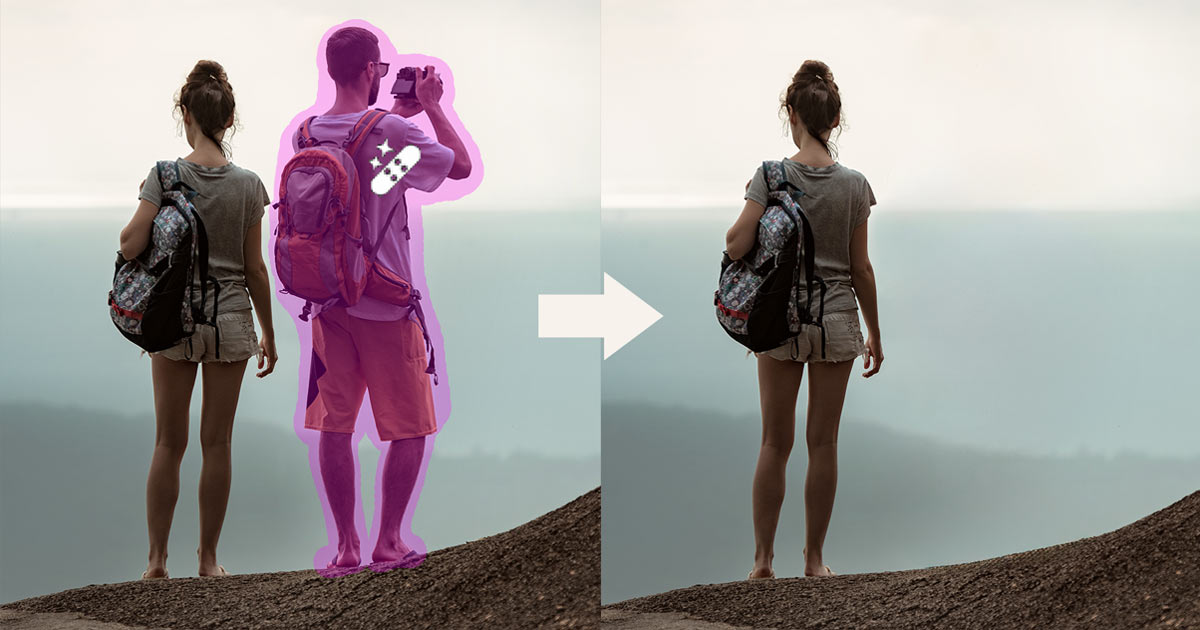Removing gel nail polish at home might seem a bit tricky, but it's totally doable, and you can actually keep your nails looking good in the process. You know, one of the great and not so great things about gel polish is that it doesn’t come off with regular nail polish remover. That’s why it lasts so long, which is nice, but it also means you need a specific approach when it's time for a change. So, instead of heading back to the salon to get it removed every time, we’re showing you how to manage this yourself.
Many people wonder how to safely remove gel nail polish right in their own space. It's a common concern, especially since improper removal can really do a number on your natural nails. We understand you want to keep them strong and healthy. This guide will walk you through the process, basically making it straightforward for you.
We've gathered insights from nail experts to help you understand the best way to get the job done. They say soaking your nails in acetone is the safest, easiest, and most effective way to remove gel nail polish. It's pretty much all it takes: some acetone, cotton balls, aluminum foil, and just a bit of your time. You can certainly do this without causing damage, with the right tools and a little patience.
Table of Contents
- Understanding Gel Polish Removal
- What You'll Need: Your Gel Polish Removal Kit
- Preparing Your Nails for Removal
- The Soaking Process: Step-by-Step
- Common Questions About Gel Polish Removal
Understanding Gel Polish Removal
Gel nail polish is pretty unique because of how it bonds to your nail plate. Unlike regular polish, it cures under a UV or LED light, creating a very strong, chip-resistant layer. This strength is why it lasts for weeks, which is a real plus for many people. However, that same strength means you can't just swipe it off with standard nail polish remover. You know, it's a different kind of product entirely.
The core idea behind removing gel polish is to break down that strong bond. Expert nail technicians agree that soaking your nails in acetone is the most effective and least damaging method. This process, basically, allows the acetone to penetrate the gel, making it soft and easy to lift away. It's a method that works, and it keeps your natural nails safe, which is important.
Skipping the proper soaking process and trying to peel or pick off gel polish can really harm your nails. It can pull away layers of your natural nail, leaving them thin, weak, and prone to breaking. So, taking a bit of time to do it the right way is definitely worth it for your nail health, you know, in the long run.
What You'll Need: Your Gel Polish Removal Kit
To remove gel nails at home, you'll need to stock up on the essentials. Having everything ready before you start makes the whole process smoother and less messy. Here's everything you'll need in your kit, according to nail experts, so you can get started without a hitch.
The Right Acetone Makes a Difference
- 100% Pure Acetone: This is the most important item on your list. To effectively remove gel polish, you'll need to soak in 100 percent acetone. Regular nail polish removers often contain less acetone or other ingredients that won't break down gel polish properly. So, make sure you get the pure stuff; it really does make a difference.
Cotton and Foil: The Dynamic Duo
- Cotton Balls or Pads: You'll need enough to cover each nail. Cotton pads are sometimes easier to work with than balls because they lay flatter on the nail.
- Aluminum Foil: Cut into small squares, roughly 3x3 inches. These squares will be used to wrap around your nails, holding the acetone-soaked cotton in place. This creates a little warm environment that helps the acetone do its job better.
Other Helpful Tools
- Nail File or Buffer: A coarse grit file (around 100/180 grit) is good for breaking the top seal of the gel polish. A fine grit buffer can be used for a lighter touch, too.
- Orange Wood Stick or Cuticle Pusher: These are great for gently pushing off the softened gel polish without scraping your nail. They are much safer than metal tools for this step.
- Nail Clipper or Scissors: If your nails are long, you might want to trim them a bit before starting.
- Nail Oil or Cuticle Oil: Acetone can be very drying to your skin and nails. Having a good oil ready for aftercare is pretty much a must.
- Small Bowl (optional): Some people prefer to soak their entire hand in a bowl of acetone, but the cotton and foil method is generally less harsh on the skin around your nails.
- Towel: To protect your work surface from spills.
Preparing Your Nails for Removal
Once you have everything you need at hand, you're ready to start the removal process. Proper preparation helps the acetone work more efficiently and protects your nails. This step is a bit important, actually, for a smooth removal.
First, find a comfortable spot where you can sit for a bit without interruption. Make sure it's a well-ventilated area, as acetone fumes can be strong. You know, opening a window is a good idea. Lay down a towel to protect your table or counter from any spills.
If your nails are very long, you might want to trim them down a little. This can make the wrapping process easier and reduce the surface area that needs soaking. It's just a little thing that helps.
The Soaking Process: Step-by-Step
This is where the magic happens, or rather, where the acetone does its work. We asked nail experts for pro tips on how to remove gel polish safely and easily with just a couple of key tools—and a little bit of patience. So, here are the steps, broken down for you.
Step 1: Lightly Buff the Topcoat
Take your nail file or buffer and gently buff the top surface of each gel nail. You don't need to file all the way down to your natural nail; just break the shiny seal of the topcoat. This allows the acetone to penetrate the gel layers more effectively. It's like, you know, opening a door for the acetone.
Step 2: Soak the Cotton Pads
Tear or cut your cotton pads into pieces that are just big enough to cover your entire nail plate. Generously soak each piece of cotton with 100% pure acetone. You want them pretty wet, but not dripping excessively. This ensures good contact with the gel polish.
Step 3: Wrap Each Nail
Place one acetone-soaked cotton piece directly on top of your gel-polished nail. Then, take one of your pre-cut aluminum foil squares and wrap it tightly around your finger, securing the cotton pad in place. The foil helps to keep the acetone from evaporating too quickly and also traps heat, which helps the acetone work better. Do this for all ten fingers. It's a bit of a process, but it's worth it.
Step 4: Wait with Patience
Now comes the waiting part. Let your nails soak for about 10 to 15 minutes. For some stubborn gel polishes, you might need to wait a little longer, perhaps up to 20 minutes. Resist the urge to peek too soon. The longer the acetone has to work, the easier the polish will come off. So, just relax, maybe watch some TV, or read a book while you wait.
Step 5: Gently Remove the Polish
After the soaking time, remove one foil wrap. The gel polish should look bubbly, lifted, or even flaky. Gently use your orange wood stick or cuticle pusher to push the softened gel polish off your nail, starting from the cuticle area and moving towards the tip. If the polish doesn't come off easily, don't force it. Re-soak that nail for another 5-10 minutes. Forcing it can damage your natural nail, and we definitely want to avoid that. You know, patience is key here.
Repeat this process for each nail. If there's any small residue left, you can gently buff it off with a fine-grit buffer, but try to avoid over-buffing your natural nail. The goal is to remove the gel, not your nail layers.
Step 6: Caring for Your Nails After Removal
Once all the gel polish is removed, your nails and cuticles will likely feel a bit dry. Acetone is pretty strong, so this is normal. Wash your hands thoroughly to remove any remaining acetone. Then, apply a generous amount of cuticle oil to your cuticles and nails. Massage it in to hydrate and nourish them. You can also apply a good hand cream. This step is really important for keeping your nails healthy and strong after the removal process. Learn more about nail care on our site, and link to this page for more gel nail care tips.
Common Questions About Gel Polish Removal
Is it bad to peel off gel nail polish?
Yes, peeling off gel nail polish is pretty much one of the worst things you can do for your nails. When you peel it, you're actually pulling off layers of your natural nail along with the polish. This can leave your nails thin, weak, and prone to breaking or splitting. It's really best to avoid it, you know, for the health of your nails.
How do professionals remove gel nail polish?
Professionals typically use the same method we've outlined here: soaking the nails in 100% pure acetone. They might use special clips instead of foil to hold the cotton pads, or they might have specific tools for gently scraping off the softened gel. But the core principle of soaking in acetone is what expert nail technicians use, too. It's the standard, safe practice.
Can you remove gel polish with regular nail polish remover?
No, you really can't effectively remove gel polish with regular nail polish remover. Most regular removers contain only a small amount of acetone, or sometimes no acetone at all, and they have other ingredients that aren't designed to break down the strong bonds of gel polish. You need 100% pure acetone for proper removal, so, you know, don't bother with the regular stuff for gel. For more information on nail care, you can check resources from the American Academy of Dermatology.



Detail Author:
- Name : Dorris Roberts
- Username : vwilderman
- Email : vanessa.rolfson@barton.com
- Birthdate : 1989-07-30
- Address : 9417 Oswaldo Wells Apt. 888 O'Haraview, VA 49777-5049
- Phone : +14589922182
- Company : Wolf, Mante and Hirthe
- Job : Biological Technician
- Bio : Qui in aut delectus vero et sunt quis provident. Officiis atque molestiae et aut non. Ab sequi expedita qui.
Socials
twitter:
- url : https://twitter.com/orville9118
- username : orville9118
- bio : Recusandae quisquam id et repellat odio facere. A nobis a delectus vero culpa inventore aut. Rerum quisquam ducimus omnis.
- followers : 5737
- following : 958
tiktok:
- url : https://tiktok.com/@orville_crooks
- username : orville_crooks
- bio : Quasi iste dolorem ut quos quas dolores qui distinctio.
- followers : 5257
- following : 818

